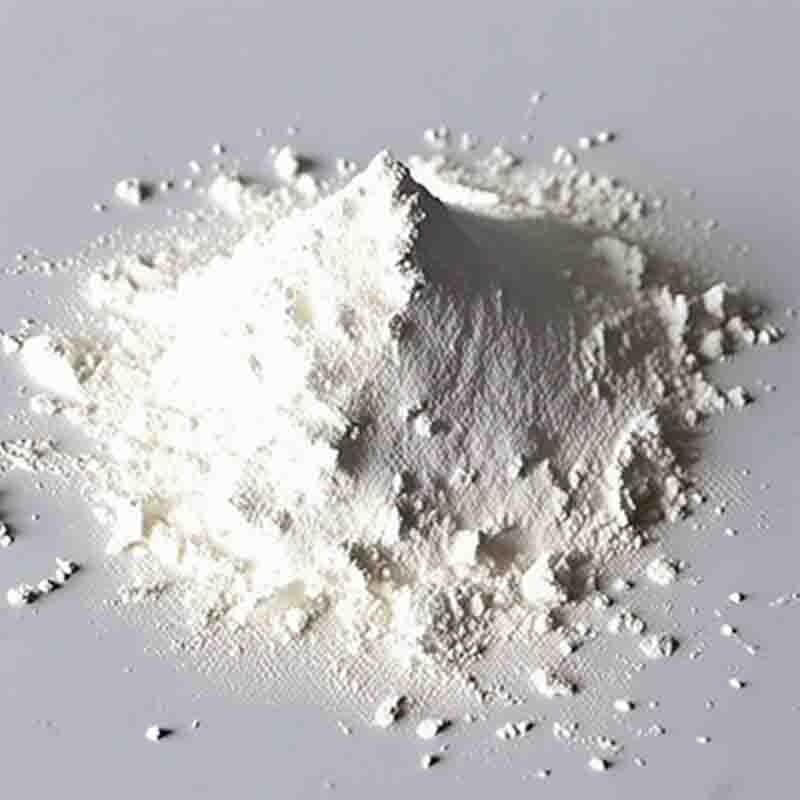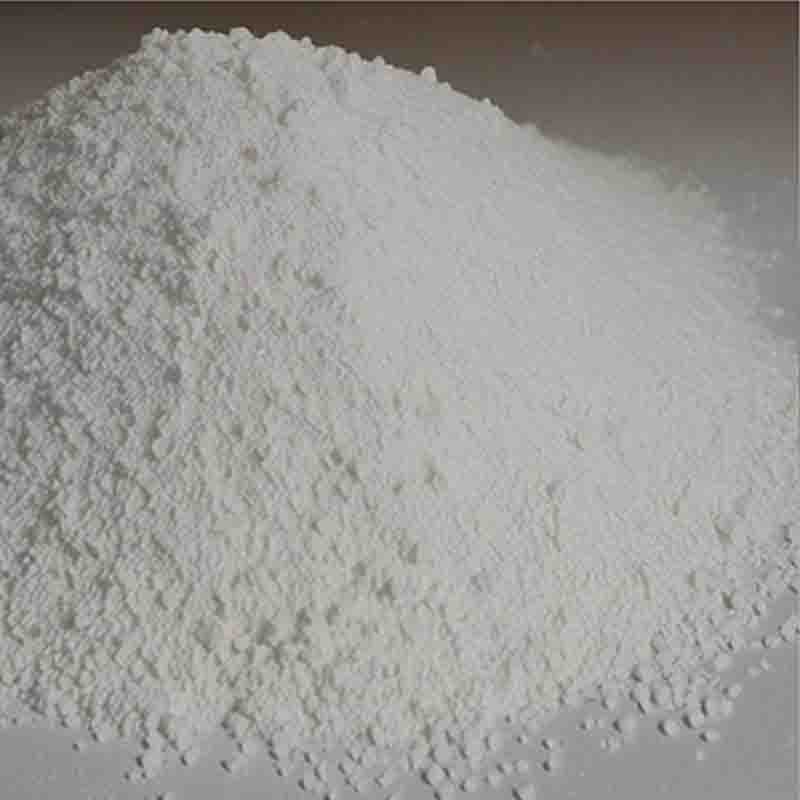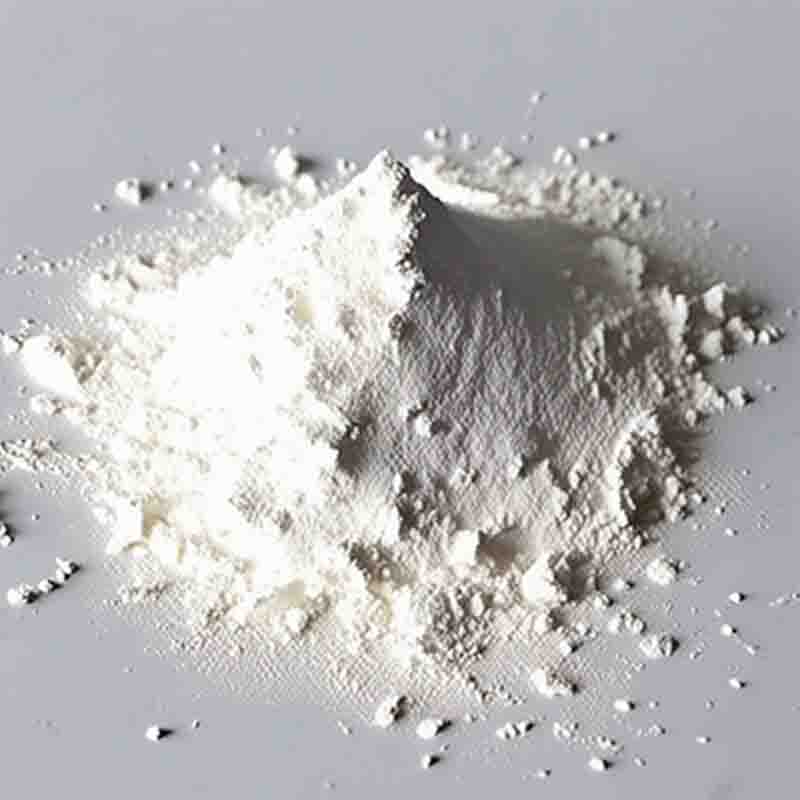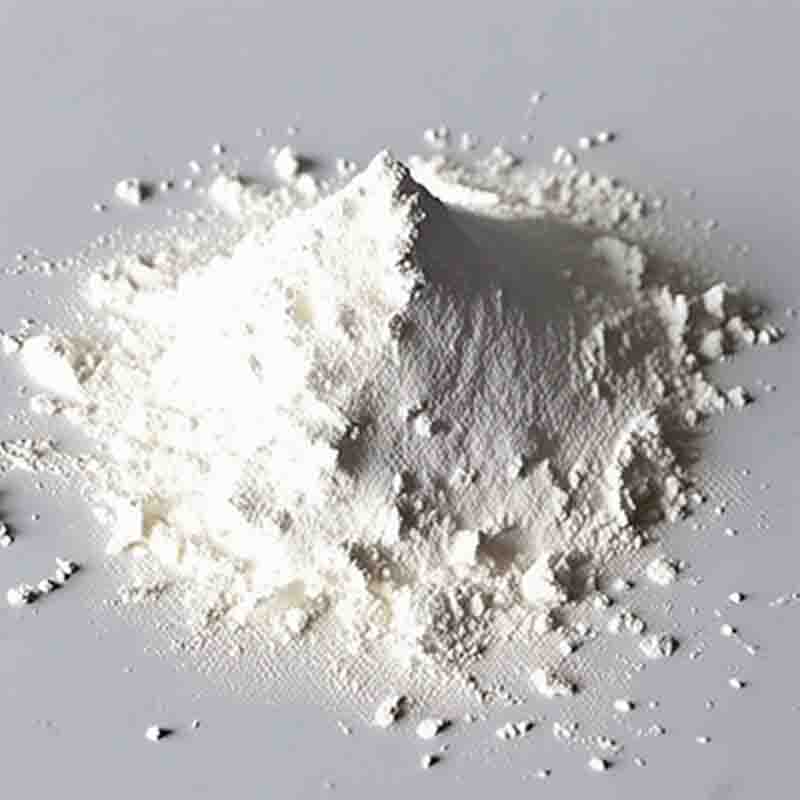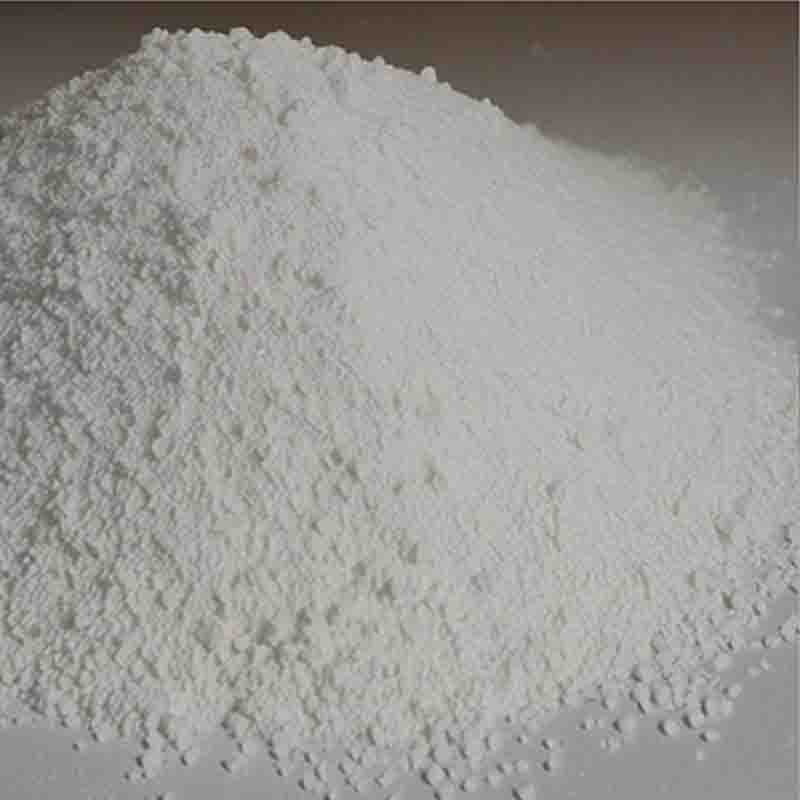Poly(ethyleneglycol) CAS:25322-68-3
| Catalog Number | XD94893 |
| Product Name | Poly(ethyleneglycol) |
| CAS | 25322-68-3 |
| Molecular Formula | |
| Molecular Weight | |
| Storage Details | Ambient |
Product Specification
| Appearance | White powder |
| Assay | 99% min |
Poly(ethyleneglycol), also known as PEG, is a polymer composed of repeating ethylene glycol units. It has numerous effects and applications due to its unique properties and versatility.One of the main effects of PEG is its ability to act as a lubricant. PEG is known for its low friction coefficient, which makes it an excellent lubricating agent. It can reduce friction and wear between moving parts, preventing damage and extending the lifespan of various mechanical components. This effect is utilized in industries such as automotive, aerospace, and manufacturing, where proper lubrication is crucial for smooth operation and increased efficiency.Another significant effect of PEG is its hygroscopic nature. PEG has the ability to attract and hold moisture from the surrounding environment. This property makes PEG an excellent humectant, commonly used in skincare and cosmetic products. It helps retain moisture, keeping the skin hydrated, soft, and supple. Additionally, PEG's hygroscopic effect is advantageous in pharmaceutical formulations, where it can stabilize and protect moisture-sensitive active ingredients.PEG also has a profound impact on the solubility of substances. It is highly soluble in both water and organic solvents, making it suitable for a wide range of applications. As a solubilizing agent, PEG can enhance the solubility and bioavailability of poorly water-soluble drugs. It is also used as a solubilizer in various formulations, such as liquid suspensions, creams, and gels, to ensure uniform dispersion of active ingredients.Moreover, PEG has a unique effect on the freezing point depression. Due to its molecular weight and structure, PEG can lower the freezing point of water. This property is exploited in antifreeze products, where PEG is added to prevent the freezing and damage of pipelines, cooling systems, and other equipment exposed to sub-zero temperatures.Additionally, PEG has a biocompatible and non-toxic nature, making it widely used in the biomedical field. It is commonly employed as a carrier or excipient in drug delivery systems, tissue engineering scaffolds, and medical devices. PEG's biocompatibility ensures minimal adverse effects and excellent compatibility with biological systems.In conclusion, Poly(ethyleneglycol) or PEG exhibits various effects and applications due to its lubricating properties, hygroscopic nature, solubility enhancement, freezing point depression, and biocompatibility. Its versatility makes it an essential component in industries ranging from automotive and manufacturing to healthcare and cosmetics. Proper handling and adherence to safety guidelines are crucial when working with PEG to ensure its effective and safe utilization.


